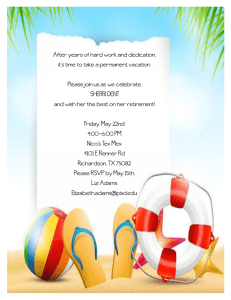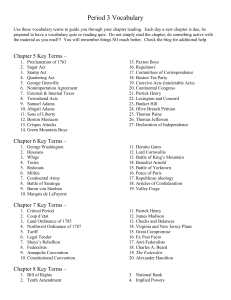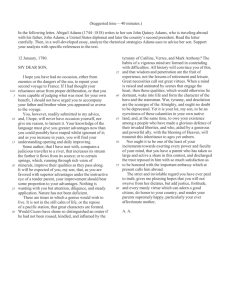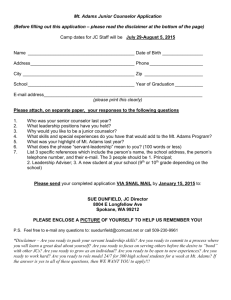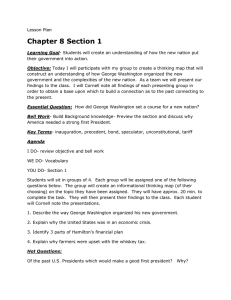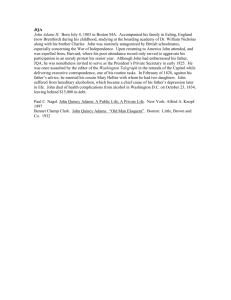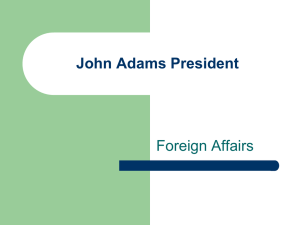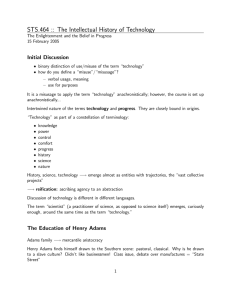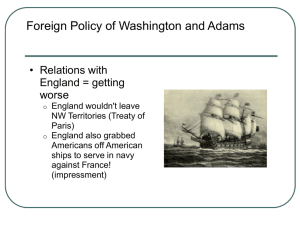best war ever notes
advertisement
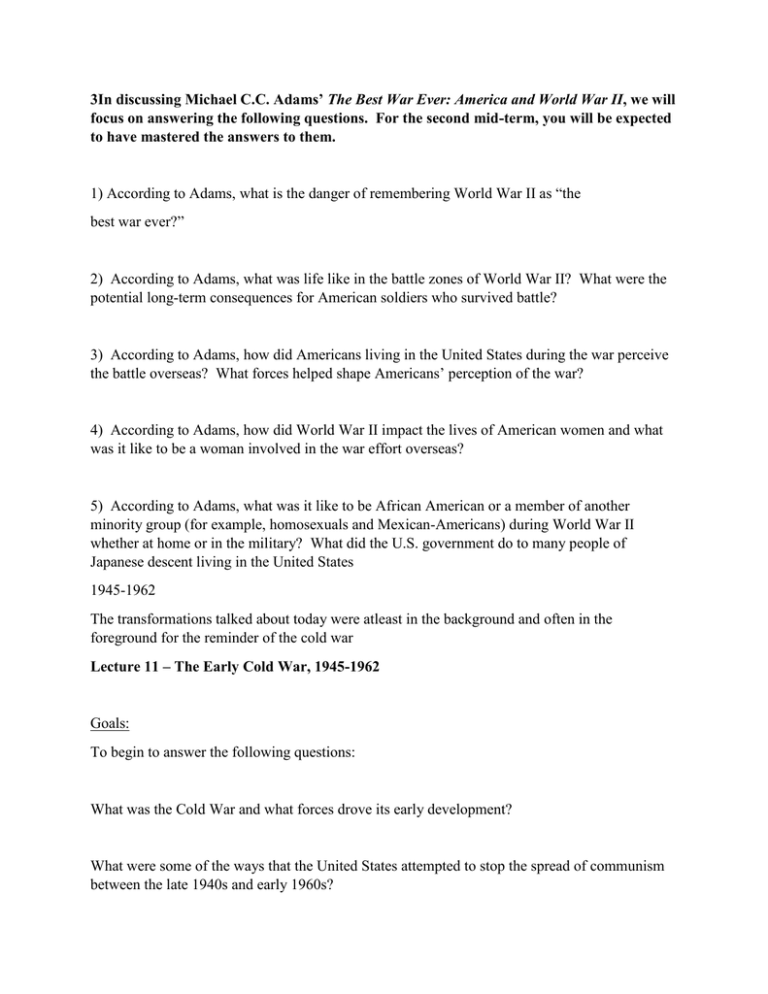
3In discussing Michael C.C. Adams’ The Best War Ever: America and World War II, we will focus on answering the following questions. For the second mid-term, you will be expected to have mastered the answers to them. 1) According to Adams, what is the danger of remembering World War II as “the best war ever?” 2) According to Adams, what was life like in the battle zones of World War II? What were the potential long-term consequences for American soldiers who survived battle? 3) According to Adams, how did Americans living in the United States during the war perceive the battle overseas? What forces helped shape Americans’ perception of the war? 4) According to Adams, how did World War II impact the lives of American women and what was it like to be a woman involved in the war effort overseas? 5) According to Adams, what was it like to be African American or a member of another minority group (for example, homosexuals and Mexican-Americans) during World War II whether at home or in the military? What did the U.S. government do to many people of Japanese descent living in the United States 1945-1962 The transformations talked about today were atleast in the background and often in the foreground for the reminder of the cold war Lecture 11 – The Early Cold War, 1945-1962 Goals: To begin to answer the following questions: What was the Cold War and what forces drove its early development? What were some of the ways that the United States attempted to stop the spread of communism between the late 1940s and early 1960s? How did the Cold War impact politics here at home? To understand the meaning and significance of the following names, concepts and terms: Communism/Socialism v. Capitalism The Cold War Containment The Korean War Senator Joseph McCarthy The Cuban Missile Crisis
